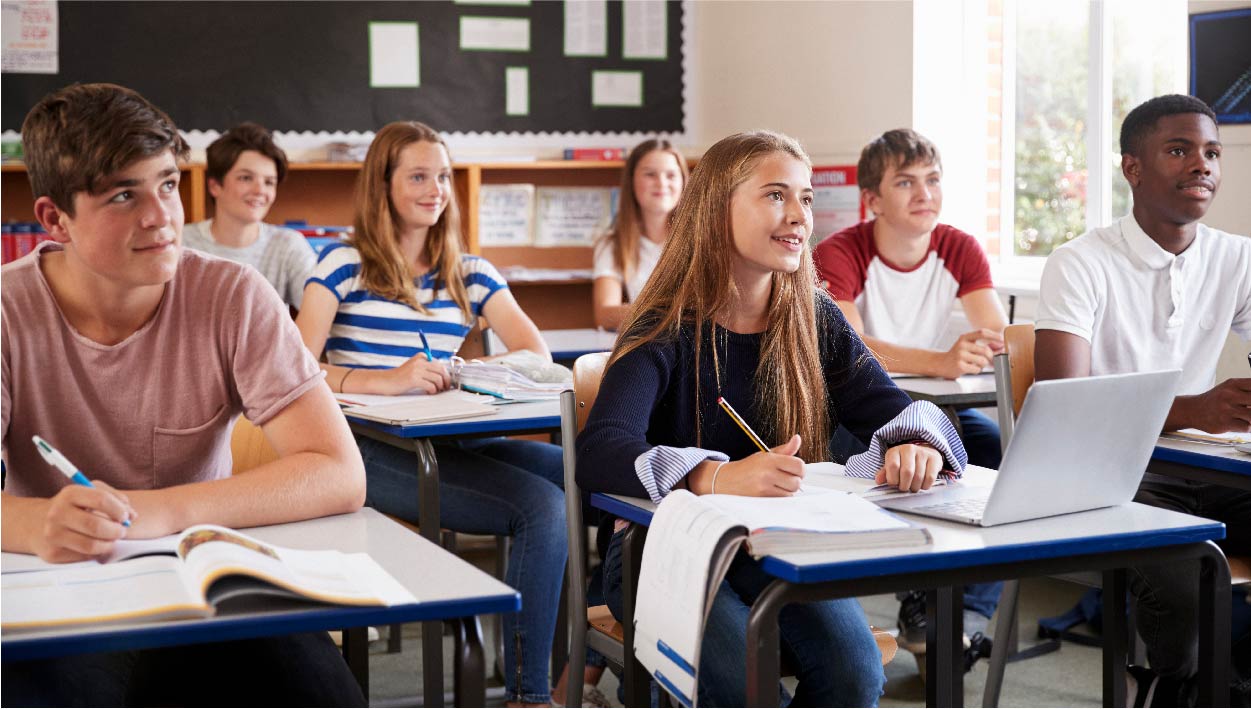

NLP in the news this September: Misinformation in the classroom, the military and sports
This fall, experts at the News Literacy Project have been trusted sources to give guidance for best practices to teach news literacy, explain why certain communities are more vulnerable to mis- and dis-information, and share tips for finding and sharing credible news and information.
As more schools and educators see the need for incorporating news literacy into their classrooms, Peter Adams, who heads research and design, told The New York Times that it’s important to have best practices. Without them, Adams warned lessons could backfire. “Some methods have become entrenched in schools that almost imply that students should question everything they see with an equal amount of skepticism,” Adams said in the piece. “This can invite young people to conclude that all sources of information are equally suspect or, even worse, to inflame a kind of nihilism.”
Before coming to NLP, John Silva, our senior director of professional and community learning, served in the Marines. In this piece by The War Horse, Silva shares insight into why members of the military community are vulnerable to mis- and dis-information campaigns. “When we start to talk about these big things—like patriotism, like our respect and admiration for our troops and our veterans—there’s deep emotions there,” Silva says in the article. “It’s really hard to have a critical conversation.”
Misinformation is everywhere – even in your sports news and information. Mike Webb, our senior vice president of media and marketing and long-time Pittsburgh Steelers football fan, penned an opinion piece full of helpful news literacy tips. Webb writes about a “teachable moment” when he enthusiastically retweeted a claim about head coach Mike Tomlin, only to later discover the post may have been too good to be true. Read it in the Pittsburgh Post-Gazette.
